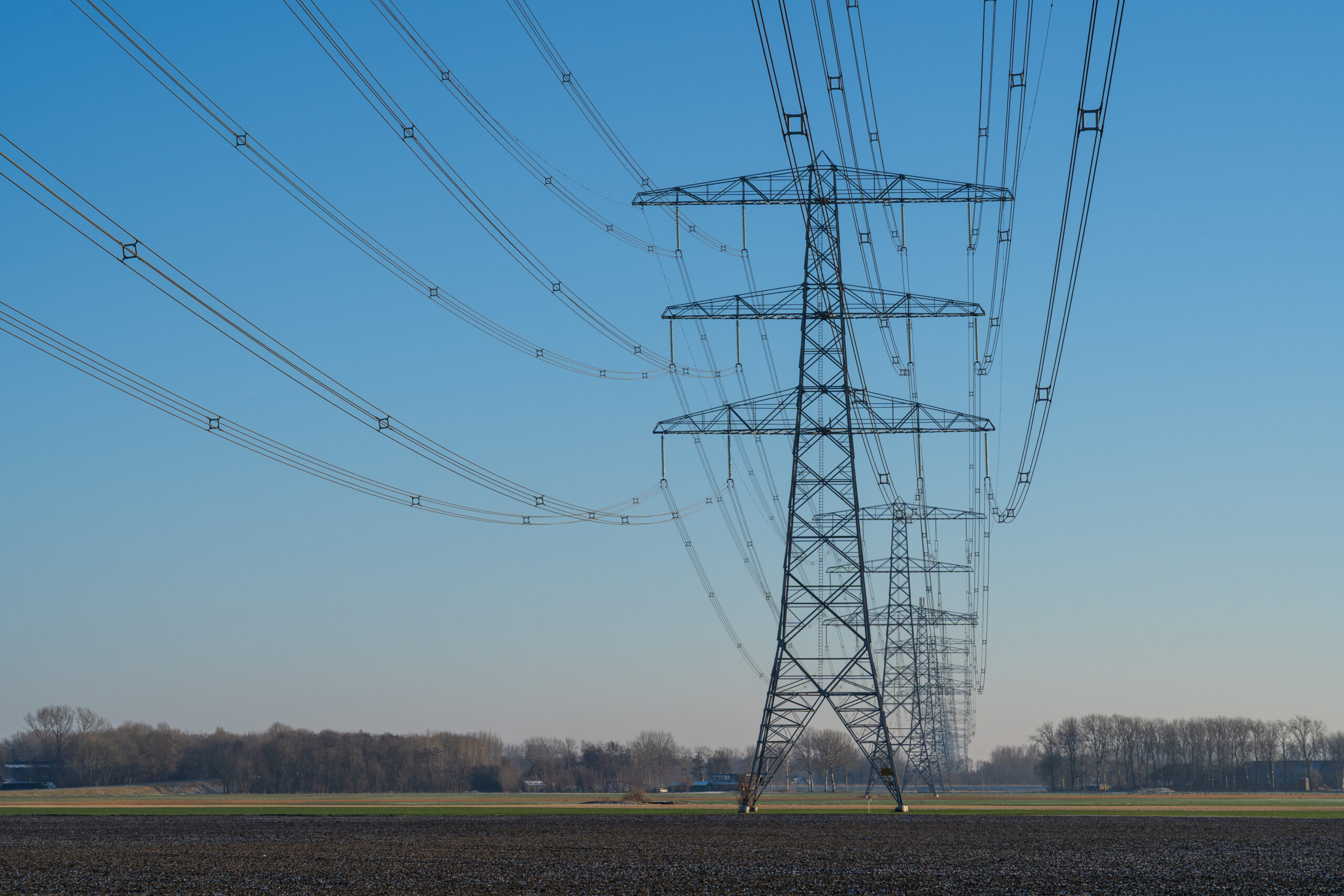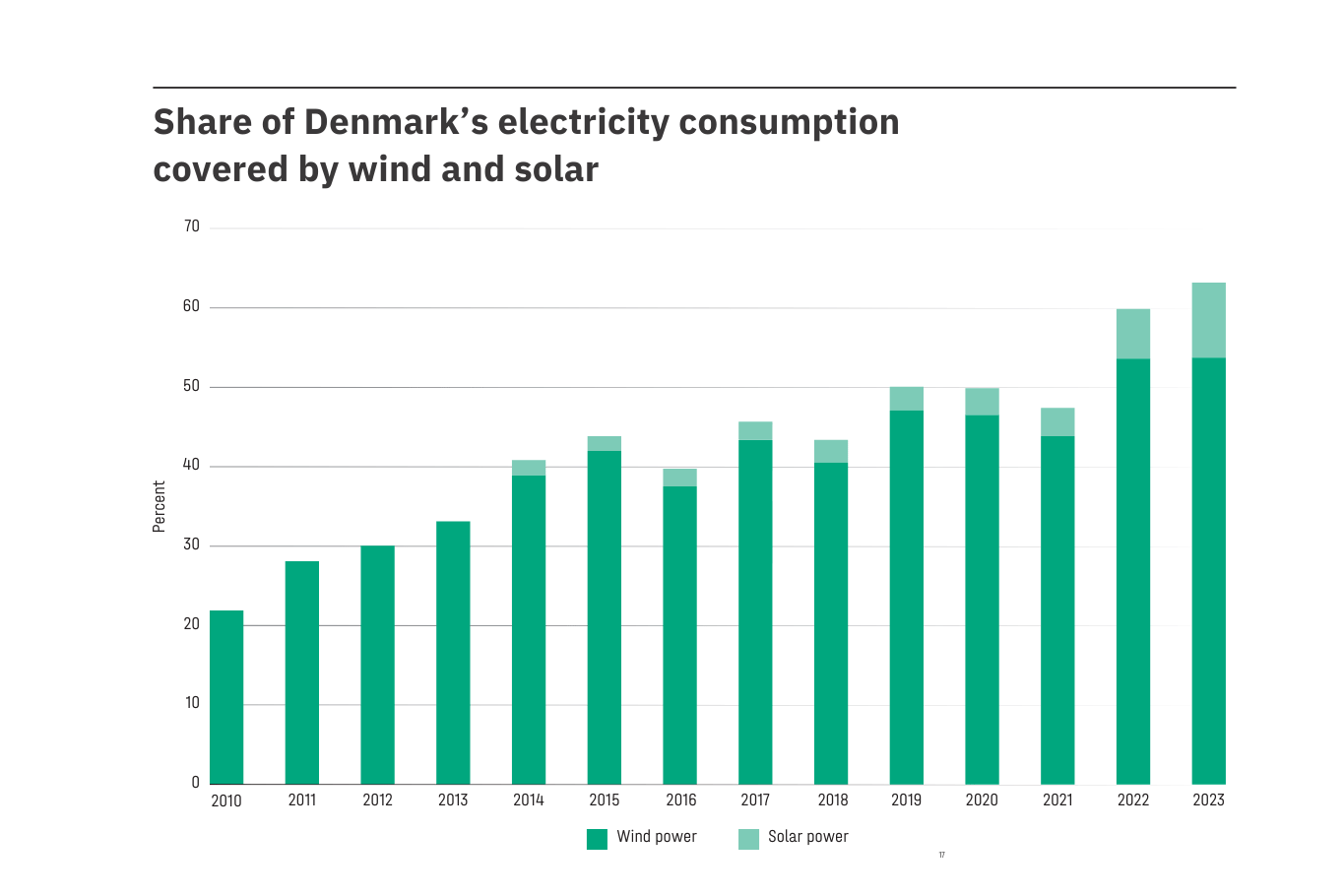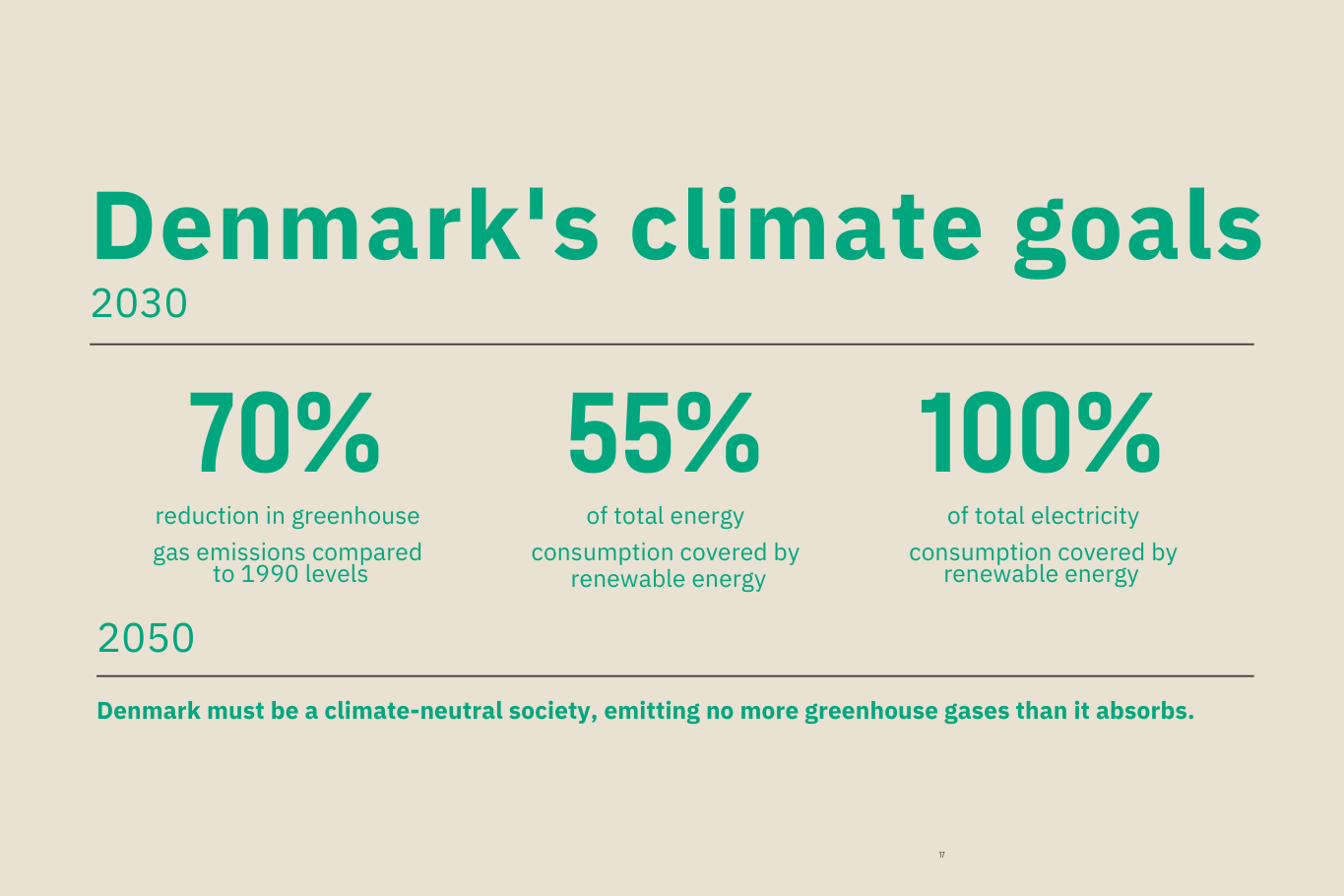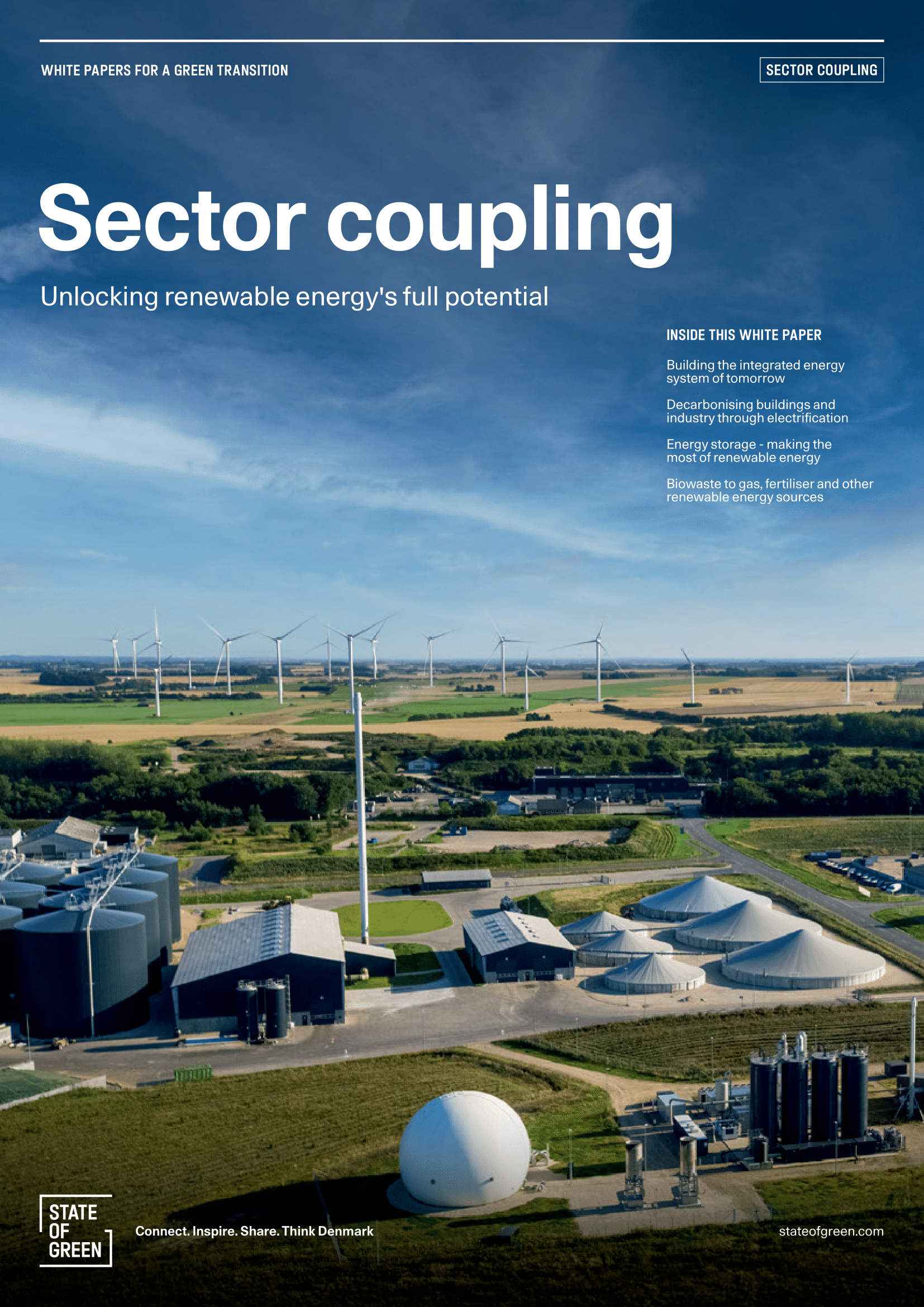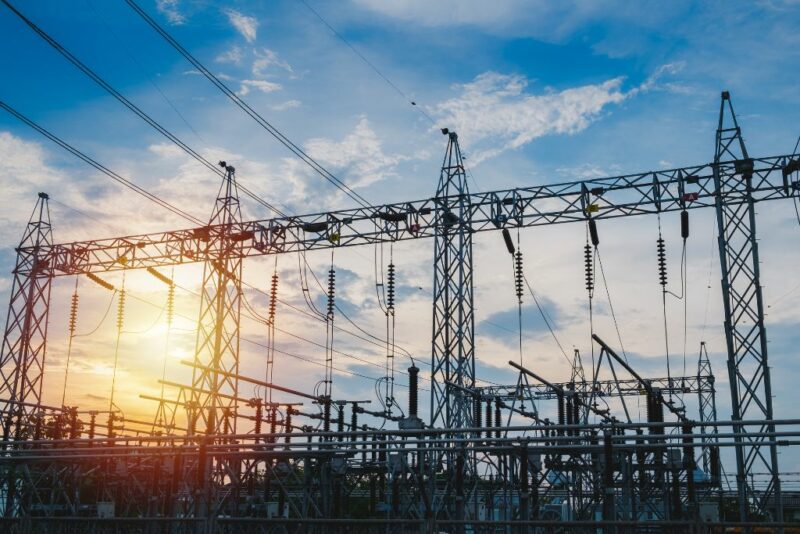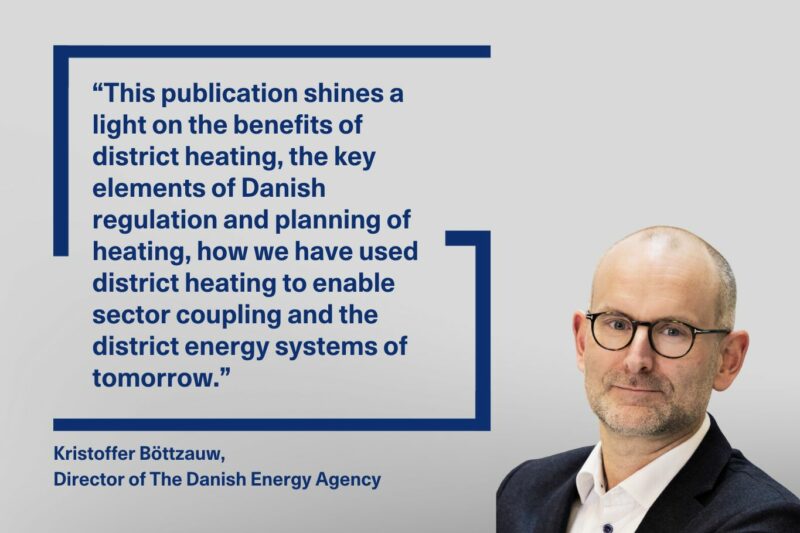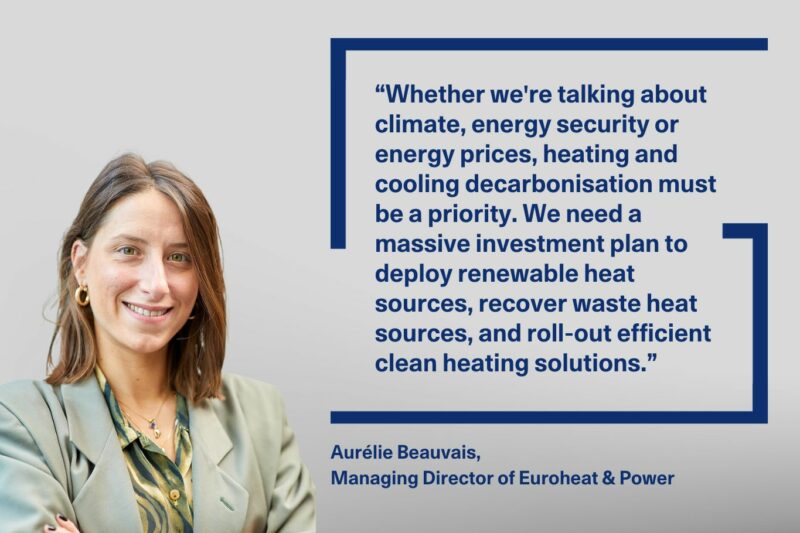The road to climate neutrality
As electrification is one of the primary drivers to reach climate neutrality, new technologies and new infrastructure need to follow suit. When working with long-term planning, it is therefore important to have an early focus on initiatives that will have a future impact. The focus on electrification can be separated into different phases – with the first phase focusing on direct electrification. There are already market-ready technologies focusing on direct electrification, and this is where emissions can be cut immediately, for example through the roll-out of electric heat pumps and electric vehicles.
The next phase will focus more on indirect electrification, which means converting green electricity to green fuels through Power-to-X. Although still in its early phase, Power-to-X technologies convert renewables – namely wind and solar PV in the Danish case – into gasses or liquids, making it possible to decarbonise hard-to-electrify sectors such as agriculture, heavy transportation and even aviation.
